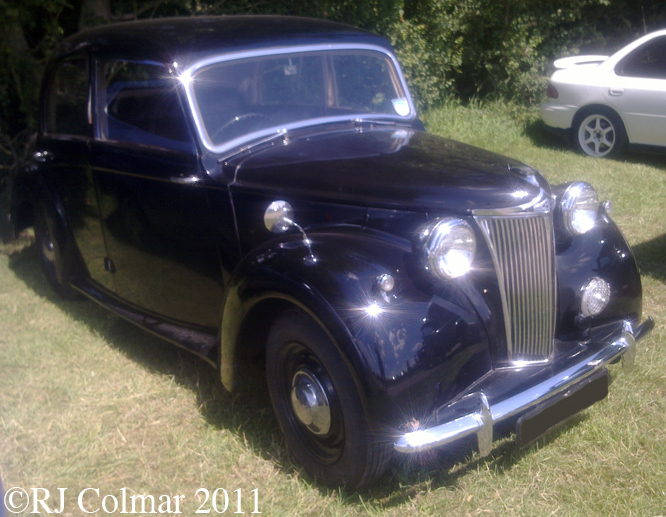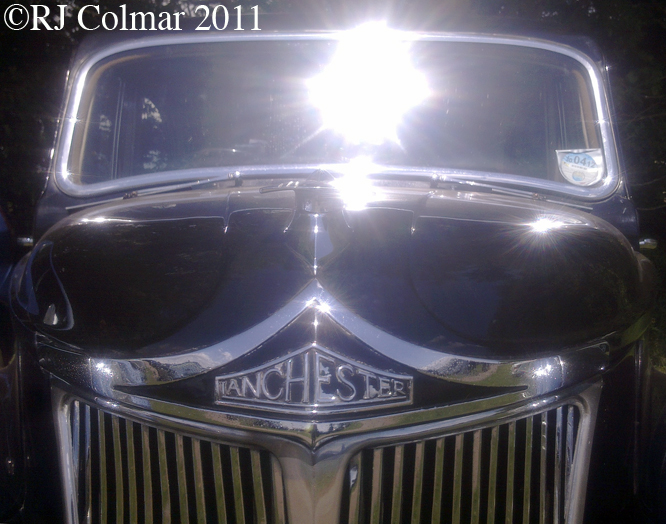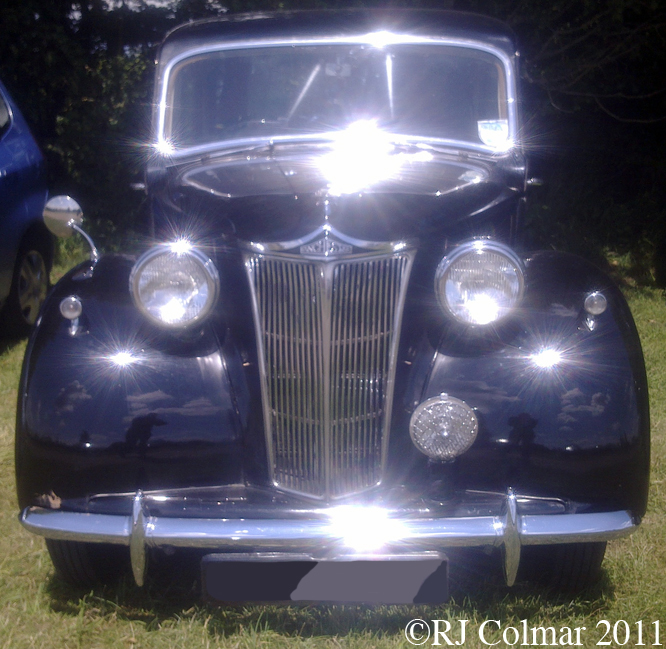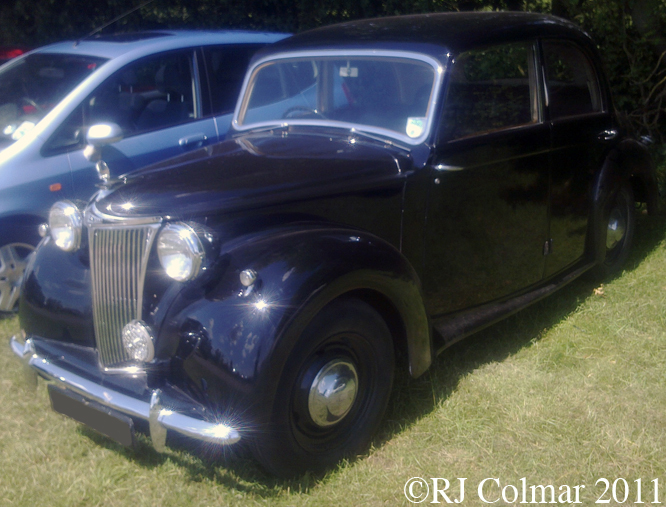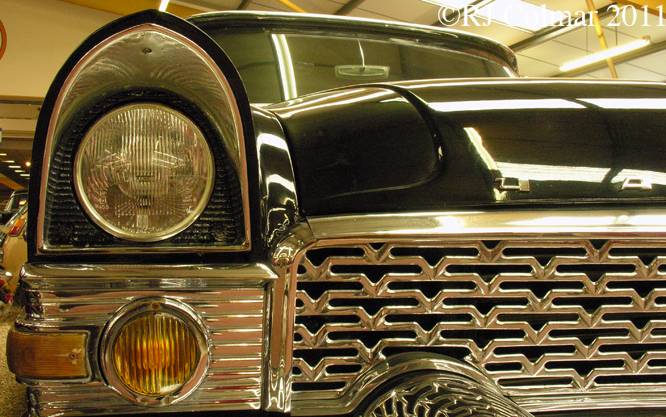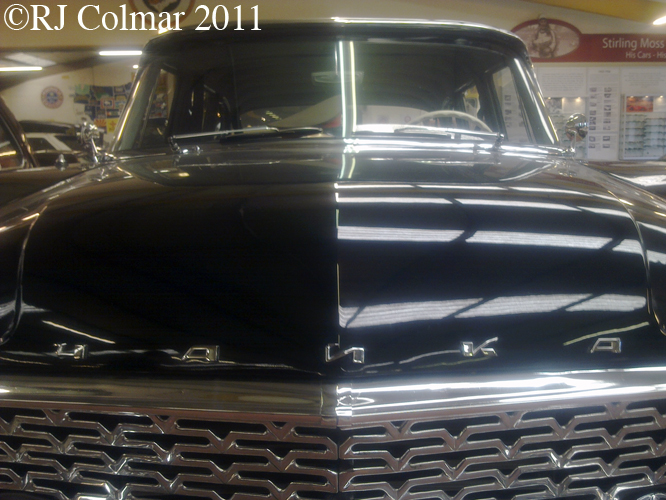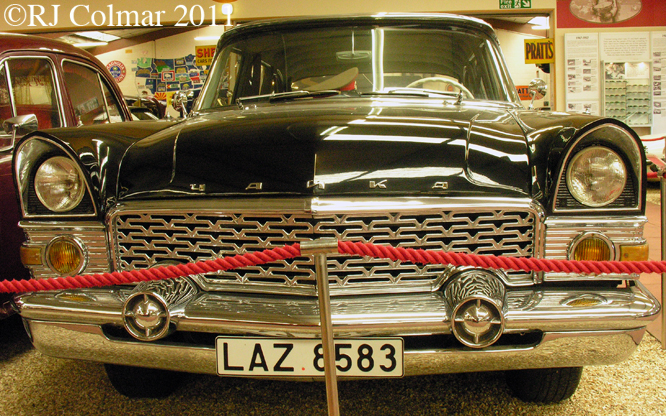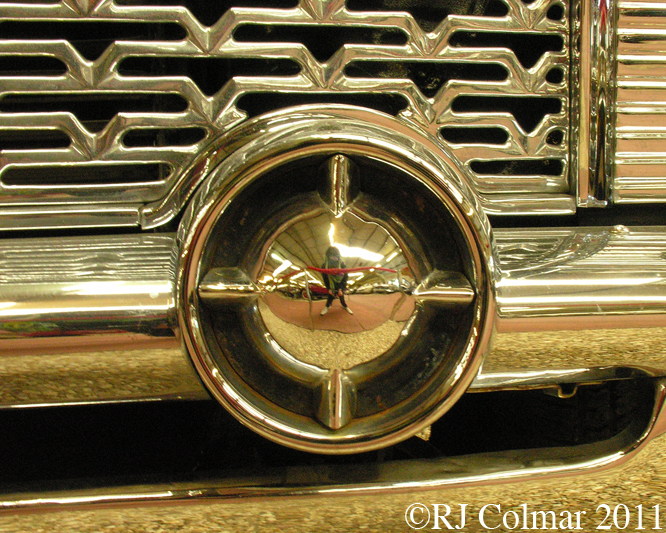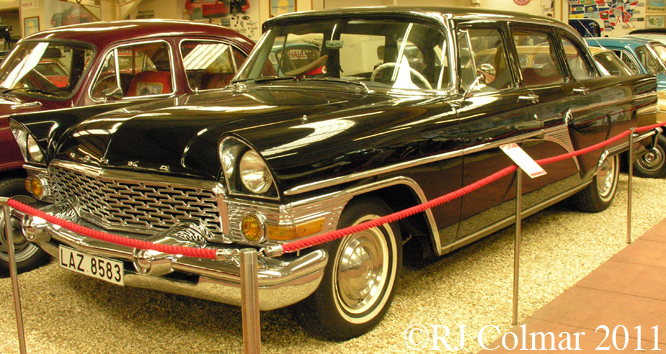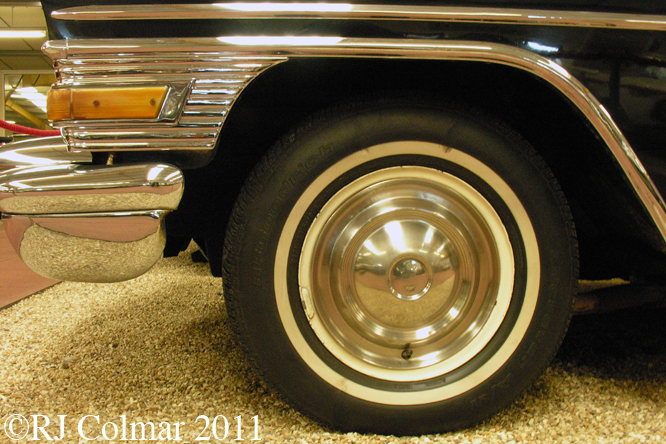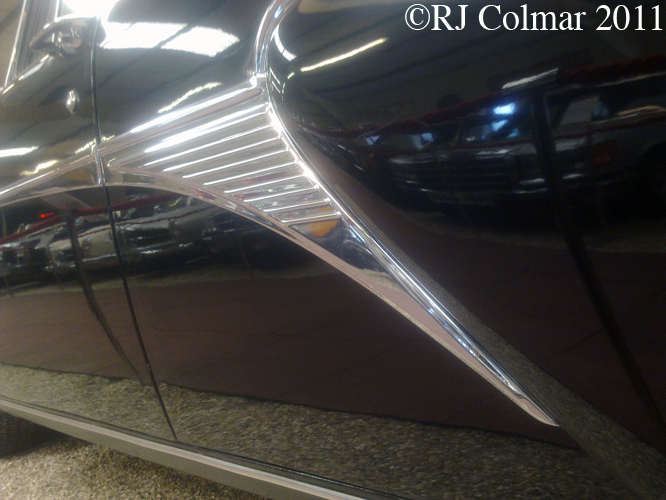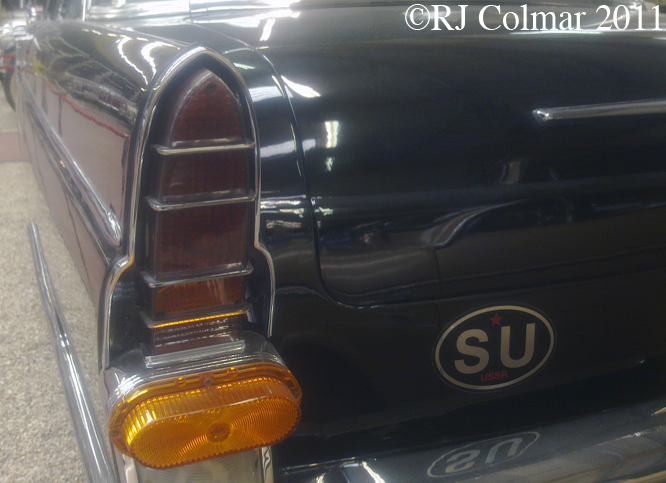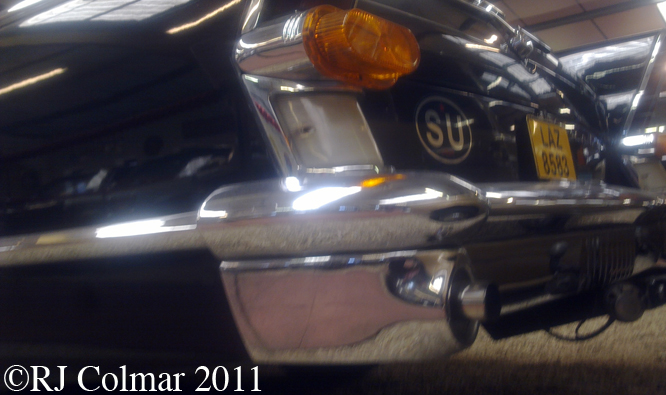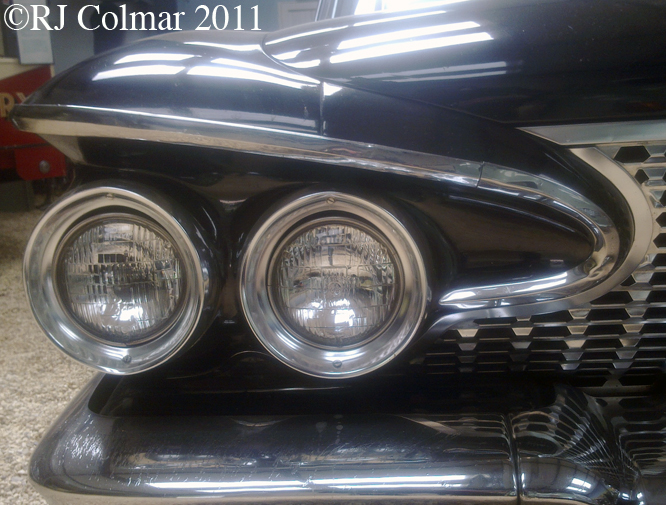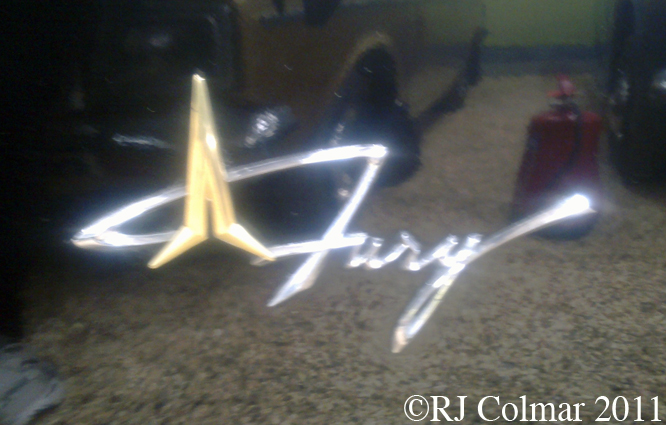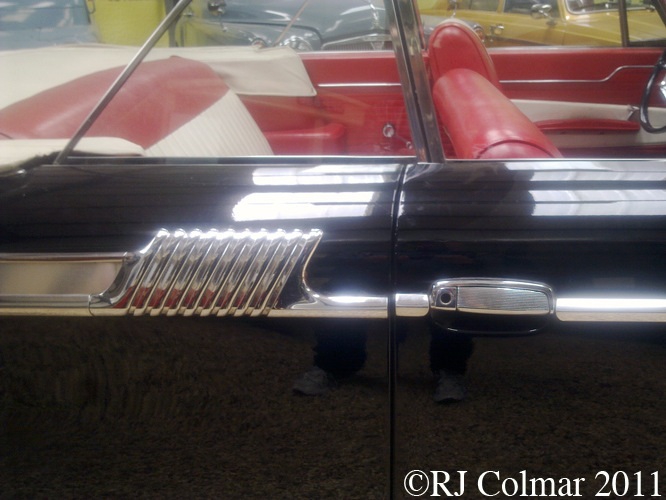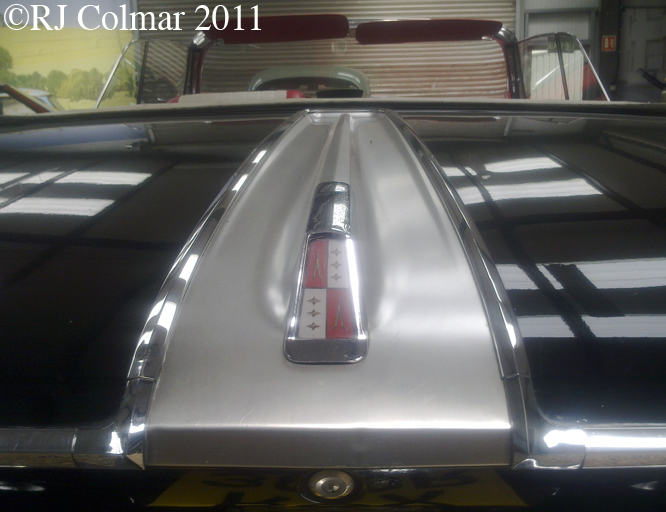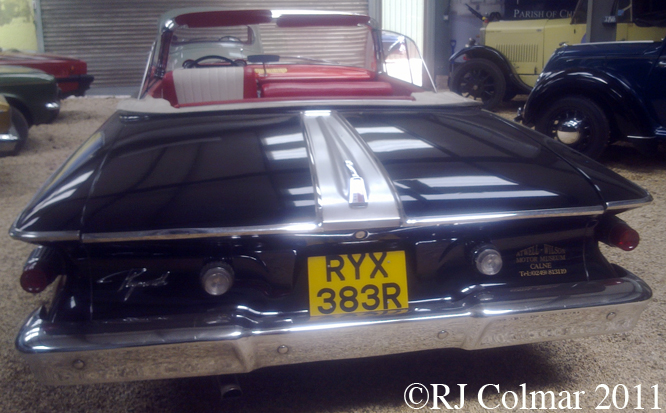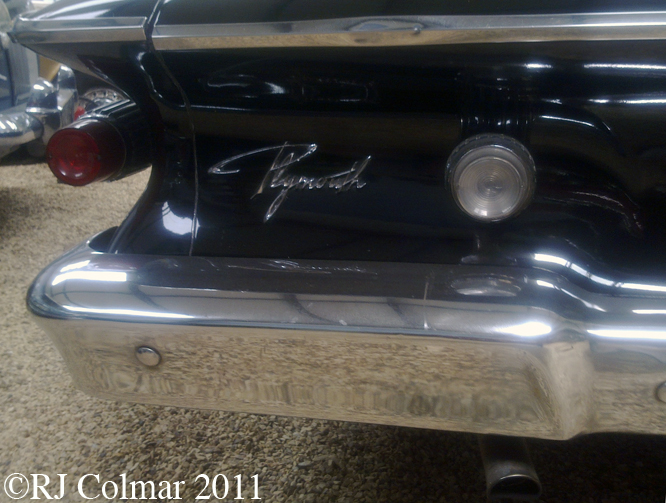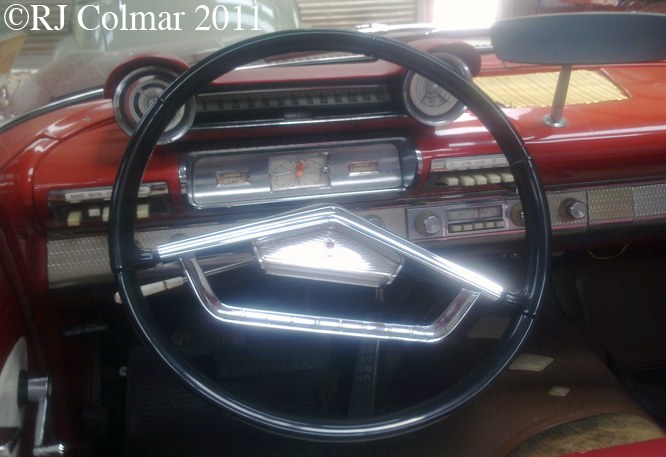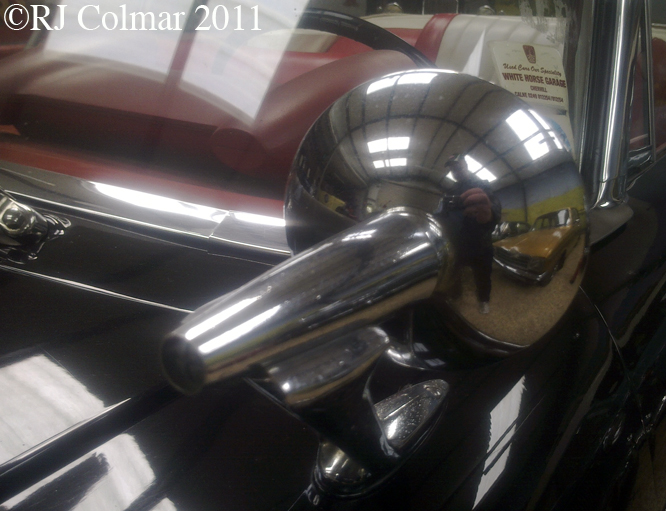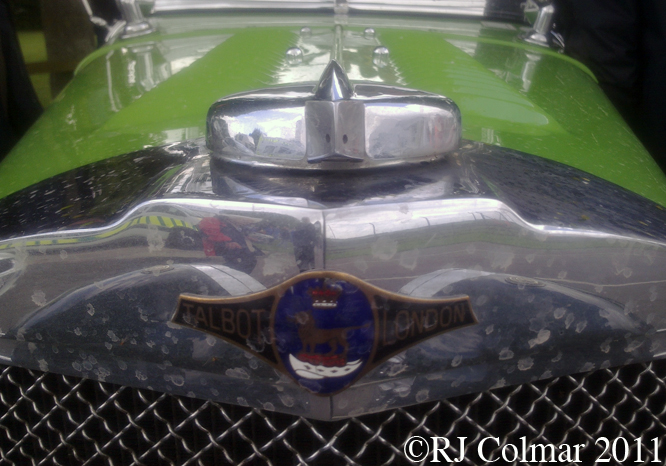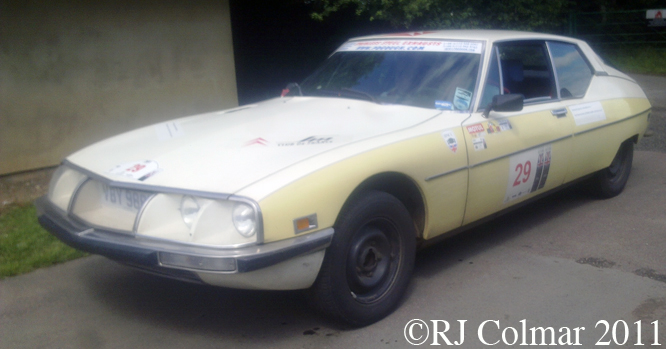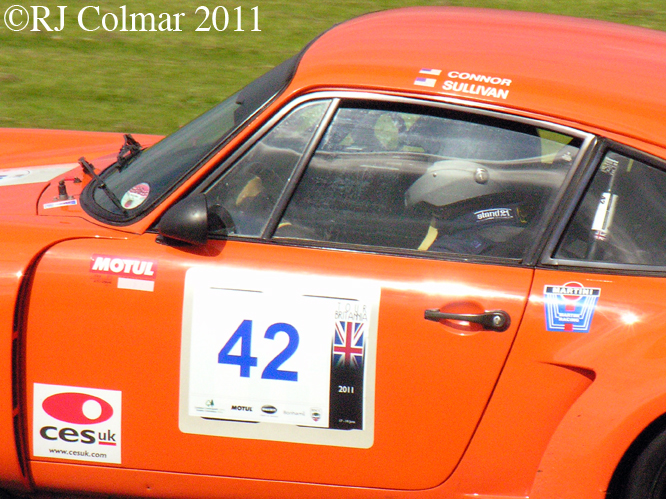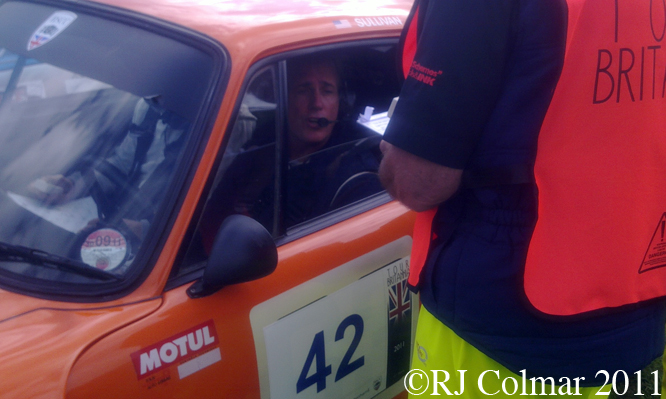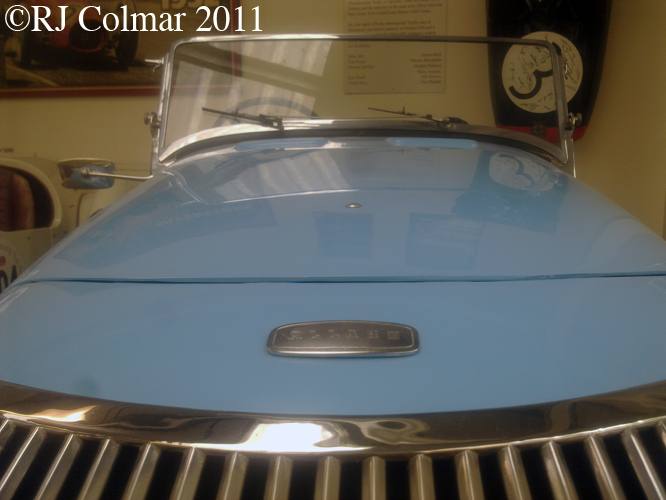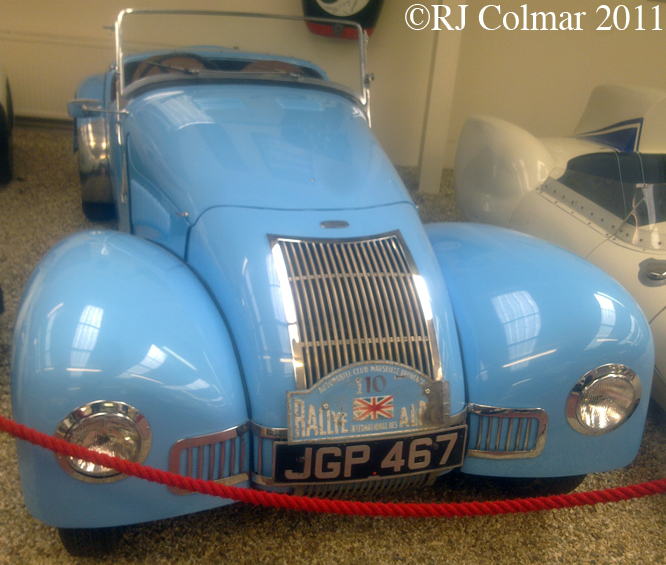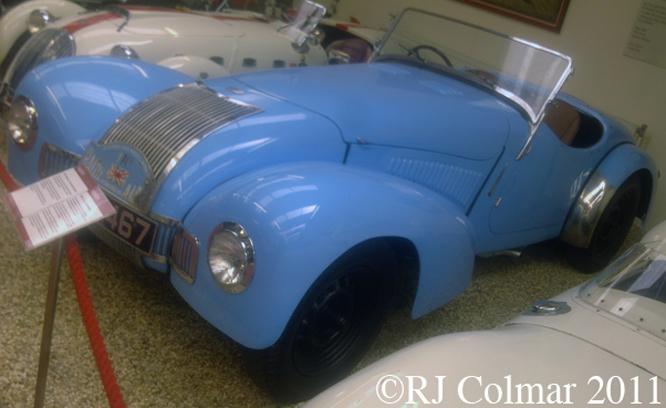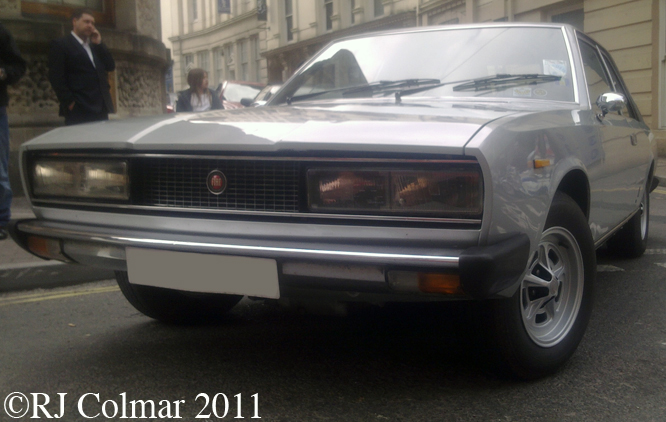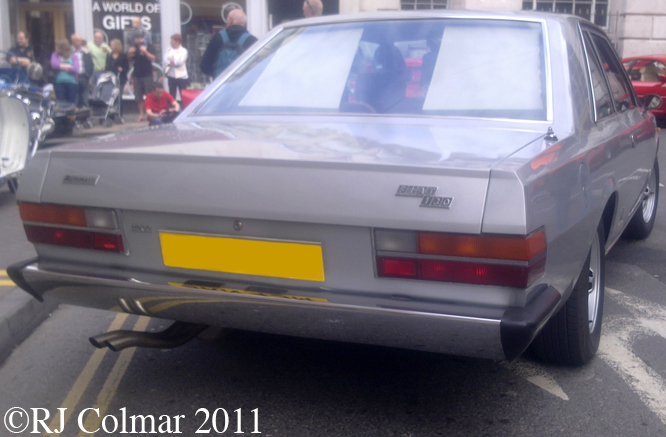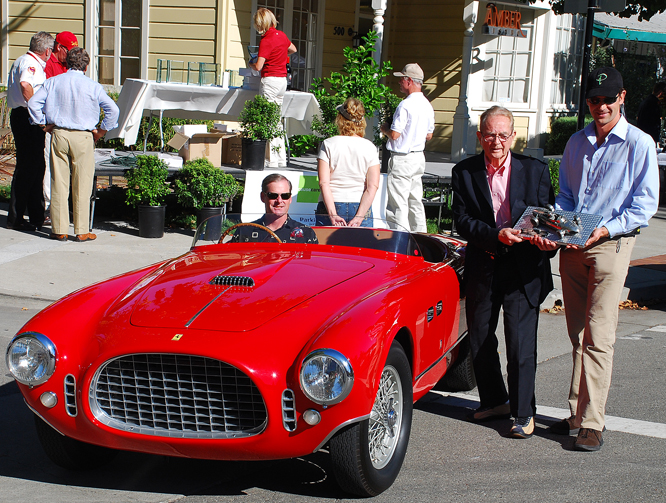Lanchester founded as the Lanchester Engine Company Ltd in 1899 by the Lanchester brothers Frederick, George and Frank who are credited with being the first British builders of a motor car, not a horseless carriage, in 1895 which ran on a public road in 1896. The brothers are also credited with being the original purveyors of disc brakes in 1902. Fredricks uncompromising attitude to mechanical perfection led Lanchester into financial difficulties and an eventual merger with the British Daimler Company in 1931.
The post war Lanchester LD10 was a compact companion to the Daimler range, like it’s bigger Bretheren Lanchester’s were built by craftsman at a time when most vehicles of this size were already much cheaper to build on assembly lines. Initially this model was available with a steel body by Briggs of Dagenham and later models like the one in these photographs with alloy body work by Barker.
This model is powered by a 4 cylinder 40hp overhead valve engine which transmits power to the rear wheels via a 4 speed preselector gearbox. This combination of engine and geabox was considered both reasonably powerful, with a 69 mph capability and exceptionally smooth for it’s time. The engine number of this particular vehicle is #18557.
It is thought 3,030 examples of this model were built between 1946 and 1951. This particular vehicle, chassis L63579, was built in 1951.
With thanks to David Roots who invited me to the Classic and Sports Car Action Day at Castle Combe where these photographs were taken.
Thanks you for dropping in on today’s 69 mph edition of “Gettin’ a lil’ psycho on tyres” I hope you will join me again tomorrow ! Don’t forget to come back now !

